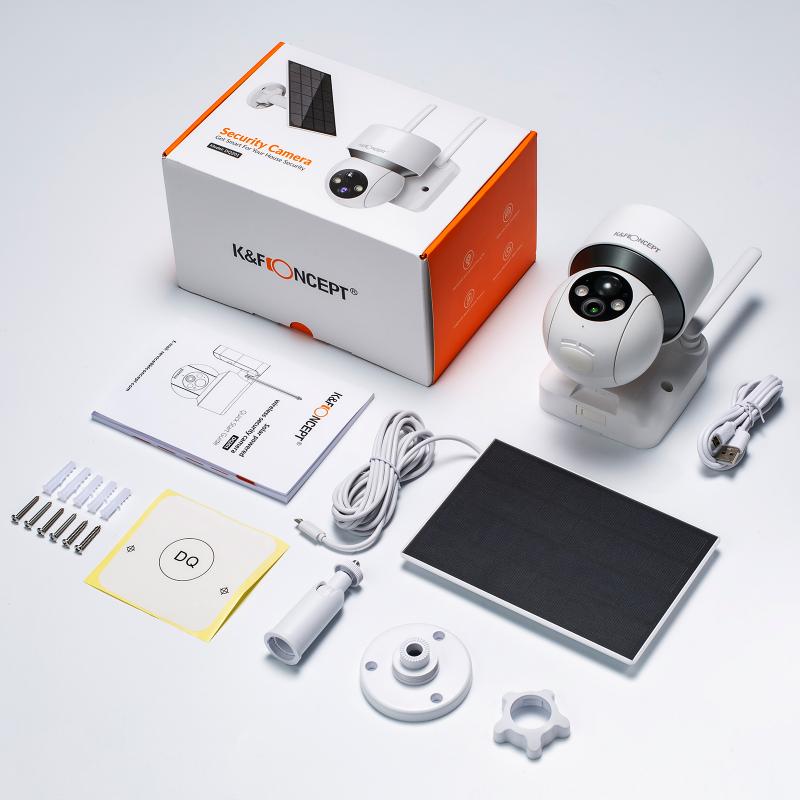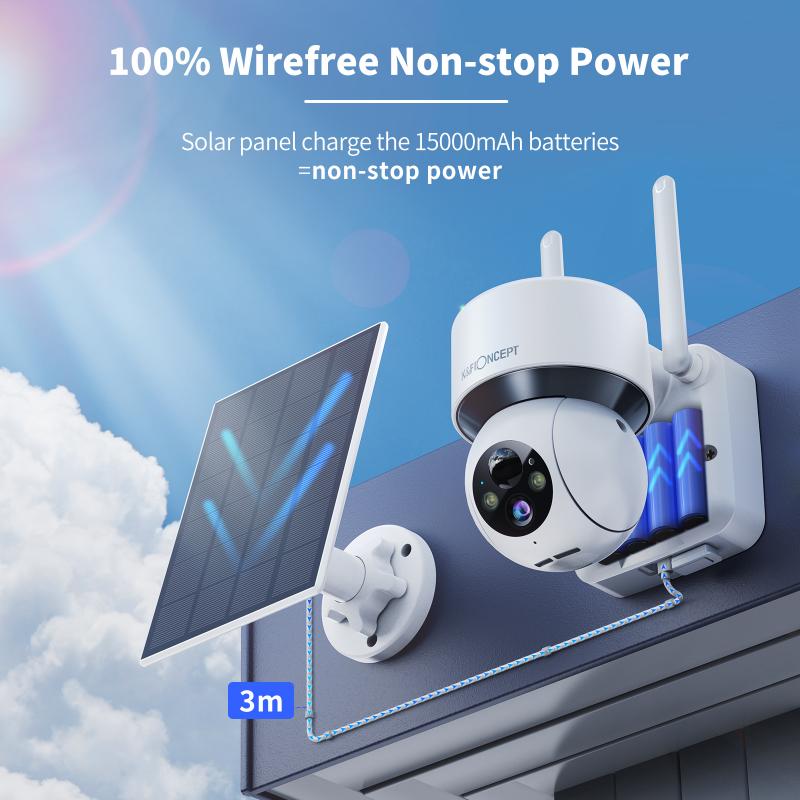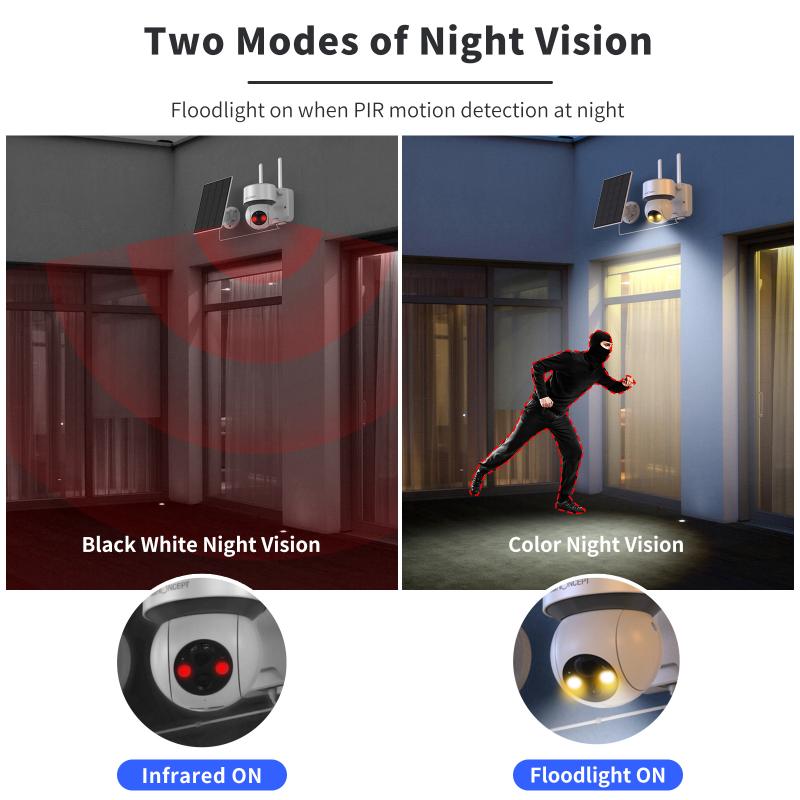How Does Solar Panels Work?
Solar panels, also known as photovoltaic (PV) panels, are devices that convert sunlight into electricity. They are a key component in the growing field of renewable energy, offering a sustainable and eco-friendly alternative to fossil fuels. Understanding how solar panels work can help individuals and businesses make informed decisions about adopting this technology. In this article, we will delve into the science behind solar panels, their components, the process of converting sunlight into electricity, and the practical applications and benefits of using solar energy.
The Science Behind Solar Panels

At the heart of a solar panel is the photovoltaic effect, a process by which light is converted into electrical energy. This phenomenon was first observed by French physicist Alexandre-Edmond Becquerel in 1839. The photovoltaic effect occurs when photons, the basic units of light, strike a semiconductor material and knock electrons loose, creating an electric current.
Components of a Solar Panel

A typical solar panel consists of several key components:
1. Photovoltaic Cells: These are the core units that perform the conversion of sunlight into electricity. They are usually made from silicon, a semiconductor material that is abundant and efficient at converting light into electrical energy.
2. Glass Cover: This protects the photovoltaic cells from environmental damage while allowing sunlight to pass through.
3. Encapsulant: This is a layer of protective material that surrounds the photovoltaic cells, providing insulation and protection from moisture and mechanical damage.
4. Backsheet: This is the bottom layer of the panel, which provides structural support and protection.
5. Frame: Usually made of aluminum, the frame holds the entire panel together and allows for easy mounting on various surfaces.
6. Junction Box: This is where the electrical connections are made, allowing the generated electricity to be transferred to an inverter or battery storage system.
How Solar Panels Convert Sunlight into Electricity

The process of converting sunlight into electricity involves several steps:
1. Absorption of Sunlight: When sunlight hits the solar panel, the photovoltaic cells absorb the photons. This energy excites the electrons in the silicon cells, causing them to move.
2. Generation of Electric Current: The movement of electrons creates an electric current. Each photovoltaic cell generates a small amount of electricity, but when combined in a panel, the output is significant.
3. Direct Current (DC) to Alternating Current (AC) Conversion: The electricity generated by the solar panels is in the form of direct current (DC). However, most homes and businesses use alternating current (AC). An inverter is used to convert the DC electricity into AC electricity.
4. Distribution and Use: The AC electricity is then distributed to the electrical grid or used directly by the home or business. Any excess electricity can be stored in batteries or fed back into the grid, often resulting in credits or payments from the utility company.
Practical Applications of Solar Panels

Solar panels have a wide range of applications, from small-scale residential systems to large-scale commercial and industrial installations. Here are some common uses:
1. Residential Solar Power: Homeowners can install solar panels on their rooftops to generate electricity for their household needs. This can significantly reduce or even eliminate electricity bills, depending on the size of the system and the amount of sunlight available.
2. Commercial Solar Power: Businesses can use solar panels to power their operations, reducing energy costs and demonstrating a commitment to sustainability. Large commercial installations can also take advantage of economies of scale, making solar power even more cost-effective.
3. Solar Farms: These are large-scale installations that generate electricity for the grid. Solar farms can cover vast areas and produce significant amounts of electricity, contributing to the overall energy mix and reducing reliance on fossil fuels.
4. Off-Grid Systems: In remote areas where access to the electrical grid is limited or non-existent, solar panels can provide a reliable source of electricity. This is particularly useful for rural communities, emergency response situations, and outdoor activities.
5. Portable Solar Power: Small, portable solar panels can be used to charge electronic devices, power camping equipment, and provide electricity in remote locations. These systems are lightweight and easy to transport, making them ideal for outdoor enthusiasts and travelers.
Benefits of Using Solar Energy
The adoption of solar panels offers numerous benefits, both for individuals and society as a whole:
1. Environmental Impact: Solar energy is a clean and renewable source of power. It produces no greenhouse gas emissions or air pollutants, reducing the overall carbon footprint and helping to combat climate change.
2. Cost Savings: While the initial investment in solar panels can be significant, the long-term savings on electricity bills can be substantial. Many governments also offer incentives, tax credits, and rebates to encourage the adoption of solar energy, further reducing the cost.
3. Energy Independence: By generating their own electricity, individuals and businesses can reduce their reliance on the electrical grid and protect themselves from rising energy costs and potential power outages.
4. Job Creation: The solar industry has created numerous jobs in manufacturing, installation, maintenance, and research and development. This contributes to economic growth and provides employment opportunities in a growing sector.
5. Technological Advancements: Ongoing research and development in solar technology continue to improve the efficiency and affordability of solar panels. Innovations such as bifacial panels, which capture sunlight on both sides, and solar tiles, which integrate seamlessly into roofing materials, are expanding the possibilities for solar energy use.
Solar panels represent a powerful and versatile technology that harnesses the energy of the sun to generate electricity. By understanding how solar panels work and the benefits they offer, individuals and businesses can make informed decisions about adopting this renewable energy source. As the world continues to seek sustainable solutions to meet its energy needs, solar panels will undoubtedly play a crucial role in shaping a cleaner, greener future. Whether for residential, commercial, or industrial applications, the potential of solar energy is vast, and its impact on the environment and economy is profound.
